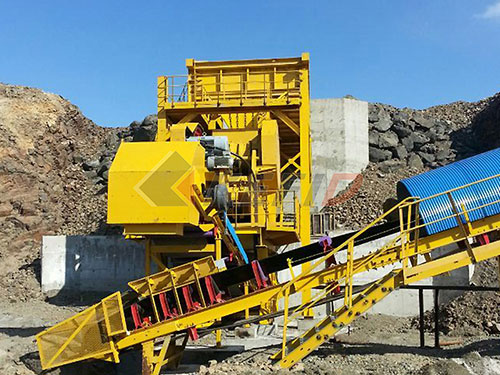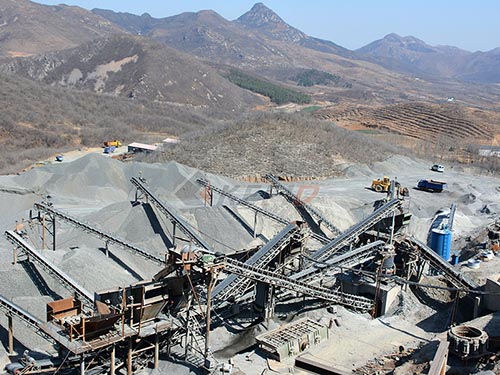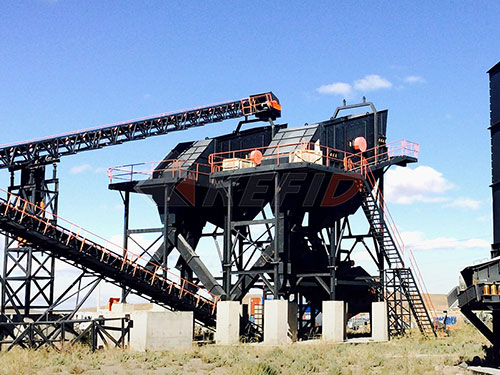The Crushed Pumice Stone Market for Horticulture in Indonesia: Pricing Dynamics and Strategic Insights

Indonesia, an archipelago nation straddling the equator, boasts incredibly fertile lands and a climate conducive to diverse horticultural practices, ranging from large-scale commercial nurseries and hydroponic farms to traditional backyard gardening. Within this vibrant sector, crushed pumice stone has emerged as a cornerstone growing medium amendment. Sourced predominantly from the country’s numerous active and dormant volcanoes, this naturally occurring volcanic rock offers unique physical properties highly prized by growers. Understanding the intricate pricing dynamics of crushed pumice for horticulture in Indonesia is crucial for businesses, agricultural enterprises, and enthusiasts seeking optimal value and performance.
The Essential Role of Crushed Pumice in Indonesian Horticulture
Pumice’s value stems from its inherent physical structure:
1. Unmatched Aeration & Drainage: Its highly vesicular nature (filled with gas bubbles trapped during rapid cooling) creates countless interconnected pores. This structure is fundamental in preventing soil compaction – a common challenge in tropical climates with heavy rainfall – ensuring vital oxygen reaches plant roots even in saturated conditions. It significantly reduces the risk of root rot caused by waterlogging.
2. Superior Water Retention: Paradoxically, while providing excellent drainage, the intricate pore network also acts like microscopic reservoirs, holding substantial amounts of water and dissolved nutrients within its matrix. This water is readily available to plant roots as the surrounding substrate dries, enhancing drought resilience and reducing irrigation frequency.
3. Inertness & Stability: Being a mineral rock, crushed pumice is chemically inert. It does not decompose over time (unlike organic amendments like coco coir or bark), does not alter soil pH significantly, and provides long-term structural stability to growing media blends.
4. Lightweight: Compared to other mineral aggregates like sand or gravel, pumice is remarkably lightweight. This reduces overall media weight significantly – a major advantage for rooftop gardens, container gardening on balconies, large-scale nursery operations where pots are moved frequently, and shipping costs.
5. Mineral Content: While primarily valued for its physical properties, Indonesian pumice often contains beneficial trace minerals like silica, potassium, calcium, magnesium, and iron that can slowly become available to plants.

These properties make crushed pumice indispensable for:
Potting Mixes: A key component (often 10-50%) in blends for orchids (especially epiphytic types), succulents/cact

Leave a Reply